Controlling Aphids on Milkweed for Monarch Butterflies

by
Mary @ Home is Where the Boat Is
(IC: blogger)
3 Materials
$11
30 Minutes
Easy
Milkweed is the only host plant for Monarchs as the caterpillars feed exclusively on the leaves of milkweed. With Milkweed unfortunately comes aphids. Here are some tips to keep your Milkweed healthy for Monarch Butterflies.
It’s always a happy day in the garden when I spy a butterfly, especially a monarch! For best success in attracting monarchs, plant milkweed species native to your region. Native spieces of milkweed are the ones that are easy to establish and known to be used by monarchs. Sunny ‘Hello Yellow’ Milkweed (Asclepias tuberosa) attracts lots of butterflies in my garden in North Carolina.
With the milkweed comes aphids, specifically oleander aphids, which are yellow with black legs. These soft-bodied insects feast on milkweed. While the aphids won’t kill the milkweed, they are not too pretty to look at and multiply like crazy. A large infestation of aphids will leave behind a sticky residue on the milkweed leaves, causing a ‘sooty’ mold to form which prevents the milkweed from absorbing nutrients and consequently, preventing healthy leaf growth for monarch caterpillars.
Ladybugs or Lady beetles feed primarily on aphids as a natural biological control in the garden.
You can purchase ladybugs online. This batch of 1500 ladybugs was $11.00 with shipping.
Ladybugs are shipped in mesh bags and when they arrive, they will be thirsty! Give them a mist of water from a spray bottle (but not so much that water pools or stands) and place them in the refrigerator for one to two weeks, maximum. They will go into a state of hibernation until you’re ready to release them.
1,500 ladybugs cover approximately 100 sq. feet or one heavily infested shrub or several small plants. You can release them in stages, a week apart. For best results, spray your plants with water where you want to release your ladybugs so they can drink and don’t leave in search of water.
Release your ladybugs at dusk, since they don’t fly at night. Make sure you’re releasing them where there will be plenty of food, near infestations. Place your ladybugs at the base of the plants or in the crotches of low branches. They like to climb up into the plant in search of aphids.
*Don’t release ladybugs on plants that have been sprayed with insecticides. Residues from most insecticides are likely to kill them.*
Here’s an important fact I didn’t know. . .Ladybugs also eat butterfly eggs. 

Monarch eggs are small, off white and roundish and found on the underside of the milkweed leaf.
There are couple other ways you can control the aphids beside ladybugs. One is by spraying them off with water, giving them a blast of the high pressure spray from your hose. Support the top of the flowers in your hand and help rub the aphids away with your fingers as you spray, repeating as needed. This also removes the ‘sooty’ residue off the leaves needed for healthy growth.
Another alternative for dealing with aphids is to spray with insecticidal soap. Spray the milkweed in the early morning or evening hours, avoiding the heat of the day. The drawback is that detergent will also kill any other live insects, including Monarch eggs, Monarch larvae, and aphid predators like ladybug larvae and lacewing larvae.
Alternatively you can remove aphids safely without insecticides by physically removing them. Use packing or masking tape to catch them and dispose of them. This is obviously more time-consuming but safer than using an insecticidal spray.
Always check for monarch eggs and caterpillars first before trying any of these methods!
Ladybugs will feed on a variety of slow-moving insects including Aphids, Moth eggs, Mites, Scales, Thrips, Leaf Hoppers, Mealybugs, Chinch Bugs, Asparagus Beetle larvae, Whitefly and other slow-moving insects. Releasing Ladybugs is a fun activity and ideal for organic gardening...just plan on releasing them when there no Monarch eggs to feast on!
Enjoyed the project?
Resources for this project:
Any price and availability information displayed on [relevant Amazon Site(s), as applicable] at the time of purchase will apply to the purchase of this product.
Hometalk may collect a small share of sales from the links on this page.More info

Want more details about this and other DIY projects? Check out my blog post!
Published August 29th, 2018 8:59 PM



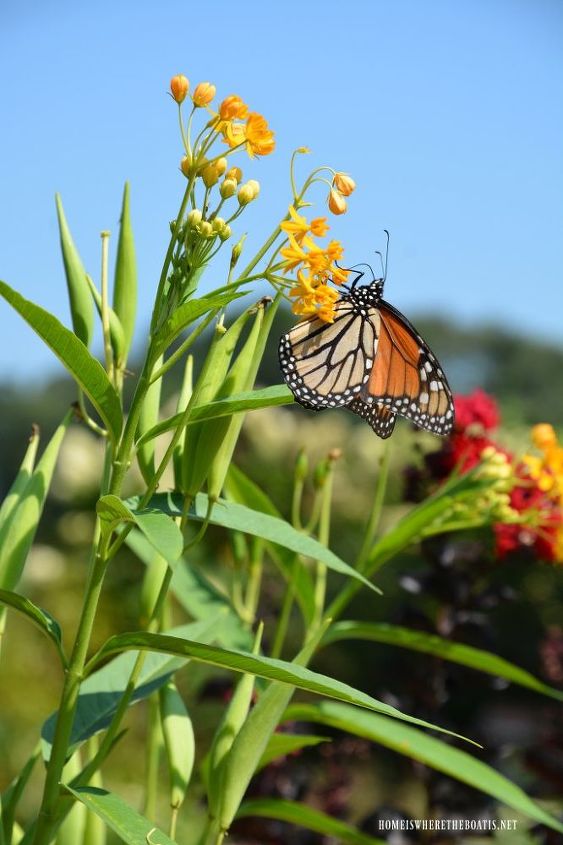














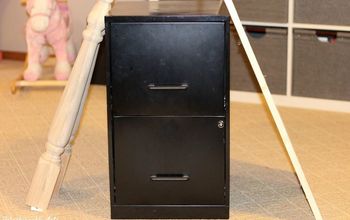




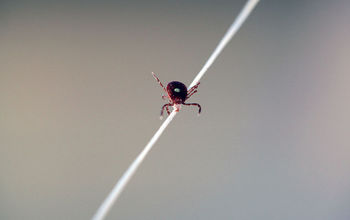
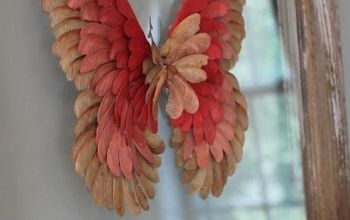

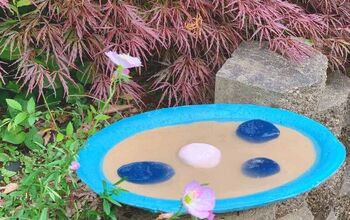


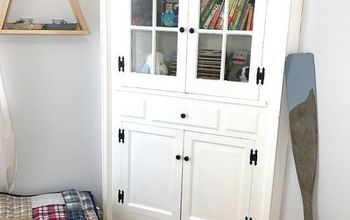
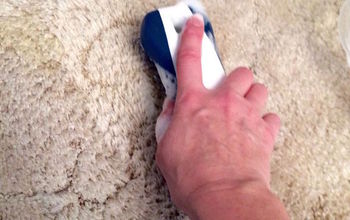

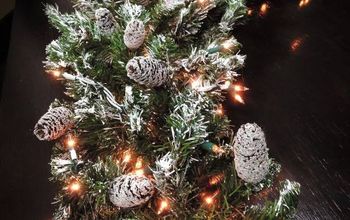
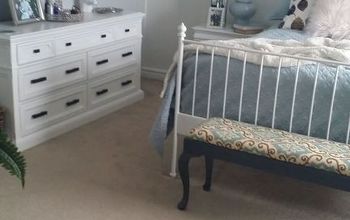



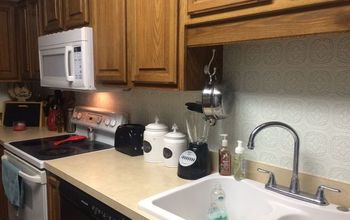



Frequently asked questions
Have a question about this project?
How do you get rid of aphids ???